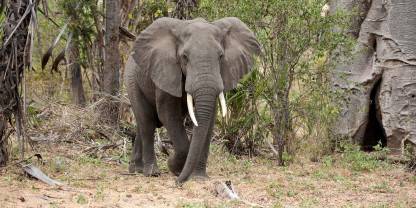- January: Poor
- February: Poor
- March: Poor
- April: Poor
- May: Fair
- June: Good
- July: Excellent
- August: Excellent
- September: Excellent
- October: Excellent
- November: Good
- December: Poor
- Excellent
- Good
- Fair
- Poor
July to October is the middle and end of the Dry season in Niassa Special Reserve. These are the best wildlife-viewing months as most water in the bush has dried out and thirsty animals gather around the few water sources left. October is, however, uncomfortably hot.
-
Best Time
- July to October (The bush is dry and animals are easier to find)
-
High Season
- Never (The reserve doesn’t get busy)
-
Low Season
- Never (The reserve doesn’t get busy)
-
Best Weather
- June to August (It is cooler and it hardly ever rains)
-
Worst Weather
- November to March (Hot and wet)
May to October Dry Season
- Wildlife viewing is easier as animals gather around the Lugenda River
- Lots of sunshine and it rarely rains
- Minimal risk of contracting malaria, with few mosquitoes around
- Hazy skies and dry bush
- October is unbearably hot
- From May to August, the mornings are chilly and warm clothing is necessary
November to April Wet Season
- Air is fresh and the landscapes are green
- Prime birding time with migratory birds around
- Newborn animal season
- The reserve might close from December until the end of April
- Wildlife viewing is better in the Dry season
- Heat and humidity can be oppressive
- Malaria is a bigger concern than in the Dry season
- Roads may become waterlogged and terrible for driving
Wildlife Photos
Best Time To Go by Major Park
- Excellent
- Good
- Fair
- Poor
-
Gorongosa National Park
- January: Poor
- February: Poor
- March: Poor
- April: Fair
- May: Good
- June: Good
- July: Excellent
- August: Excellent
- September: Excellent
- October: Excellent
- November: Good
- December: Poor



